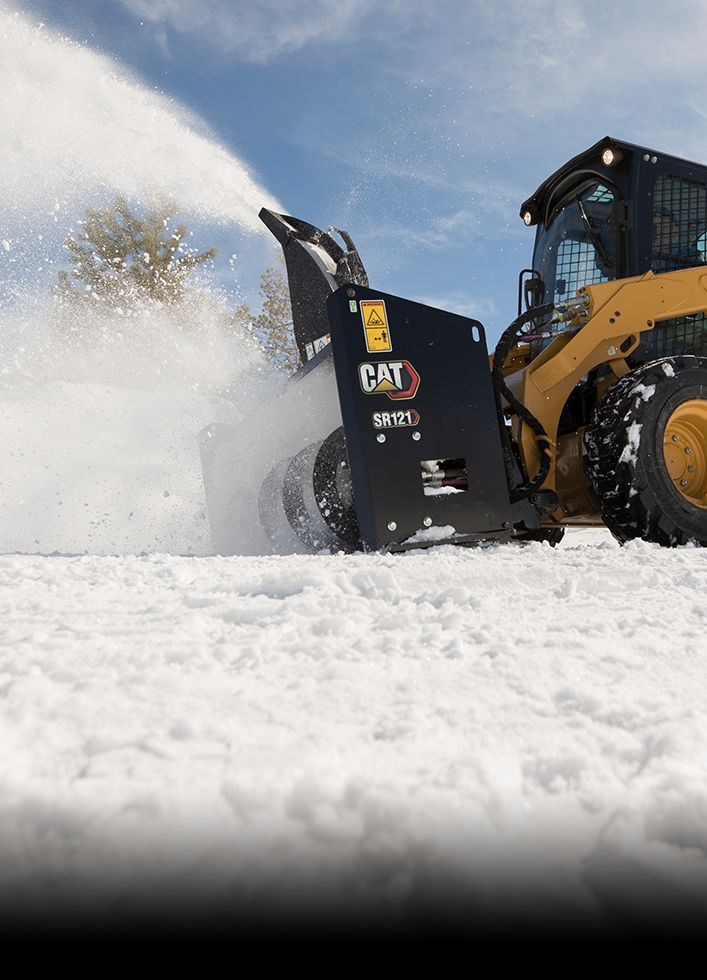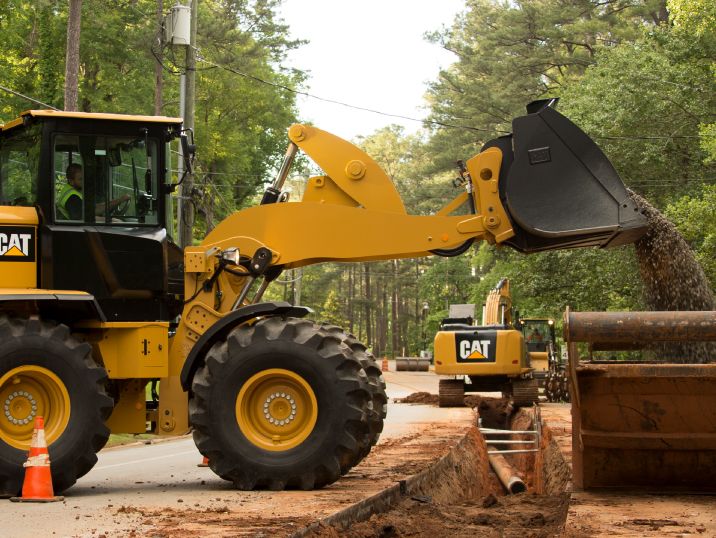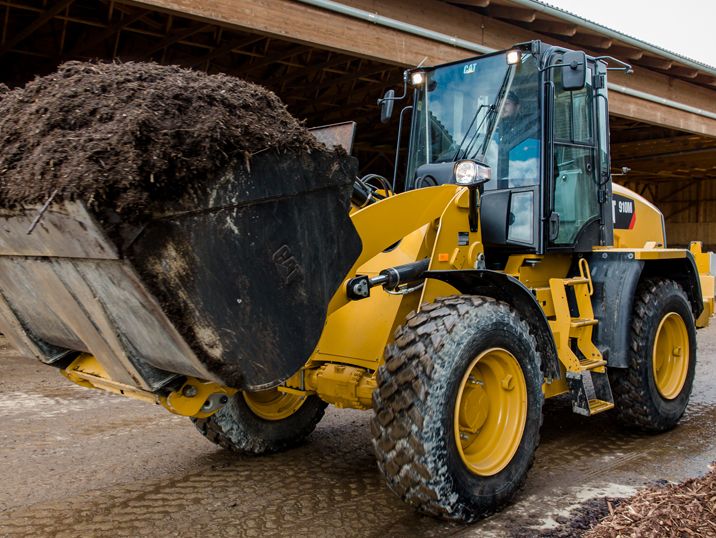

Sign In
Welcome! Sign In to personalize your Cat.com experience
If you already have an existing account with another Cat App, you can use the same account to sign in here
Register Now
One Account. All of Cat.
Your Caterpillar account is the single account you use to log in to select services and applications we offer. Shop for parts and machines online, manage your fleet, go mobile, and more.
Account Information
Site Settings
Security
Snow Removal Stormwater Management
Get tips for how to improve your snow removal stormwater management during the winter storm season.
John Janes | Landscaping Marketing Manager


Proper snow removal is key for not only the safety of your customers but the safety of our water, too. We sat down with Cat® customer Jon Crandall of JC Grounds Management to get some insight into how to make sure you and your team are following snow removal stormwater management best practices.
What Is Snow Removal Stormwater Management?
Simply put, snow removal stormwater management is the process of managing snow removal jobs to prevent melted snow and ice that contain chemicals and debris from running into the stormwater system and eventually making their way into rivers, streams and lakes. This helps protect water quality.
Chemical vs. Physical Removal Methods
If you feel like the past few years have involved some unpredictable winter weather, you’d be right. According to a recent study, the winter weather season is getting shorter, but we’re actually seeing higher average snowfall totals. This can lead to some challenges when it comes to the best method for snow removal, especially if your area is seeing snow more frequently or in larger amounts each storm during the winter. Chemical de-icers may not be the top choice in these situations. Some cities and towns are also getting stricter about snow removal chloride usage. Add ongoing supply chain issues to the mix and it’s a good idea to have a plan for incorporating more non-chemical snow removal options into your business.
Snow removal attachments can be a solid addition to your arsenal and help make your snow removal stormwater management more effective. Tools like snow plows, snow blowers and snow pushes can work with skid steers and compact wheel loaders to clear areas including parking lots, sidewalks and roadways and reduce your chemical de-icer use.
Snow Removal Stormwater Management Tips
When you’re on the job, where you place your snow matters.
“One of the things we’ve found over the years is that the safety aspect of snow and ice management is very important,” says Jon. “We make sure we’re storing the snow in the proper areas to reduce risk of melting and refreezing overnight. This helps clients get in and out of their properties more easily and also reduces stormwater runoff.”
When removing snow on the job, put it in flat areas away from storm drains so it has a better chance of seeping back into the ground as it melts. It’s also important to think about erosion and how to mitigate that when spring comes. Local codes and bylaws are designed to help prevent this if followed correctly.
Jon’s biggest tip for successful snow removal stormwater management is to take it seriously.
“We see people who don’t store snow in the proper place and get runoff that causes issues from a liability standpoint,” he says. “With new regulations around chloride coming down, we make sure we’re doing what we can to reduce potential issues in stormwater.”



John Janes
Landscaping Marketing Manager
John Janes has been bringing his diversified expertise to sales and marketing initiatives at Caterpillar for more than a decade. Not only does he hold an LIC certification from the National Association of Landscape Professionals (NALP), CSP and ASM certifications from the Snow & Ice Management Association (SIMA), but Janes also serves as an American Concrete Institute (ACI)-certified concrete flatwork technician.

RELATED ARTICLES
You’re here to get ideas to grow your business. Read on for machine insights and expert tips and tricks to get more out of every job.
-
Bid on Jobs More Accurately
Use the technology on your small wheel loader to monitor fuel consumption and costs for more accurate job bids and greater profits.
Learn More -
Why Adding Landscape Composting to Your Business Makes Sense
Adding landscape composting to your business is a great way to save money and make use of raw materials you already collect on job sites.
Learn More -
Top 5 Landscaping Attachments
We take a look at the top 5 landscaping attachments you need in your arsenal.
Learn More -
Using Construction Equipment Built-In Technology
Learn what construction equipment built-in technology is and how it can help make your business more efficient.
Learn More







